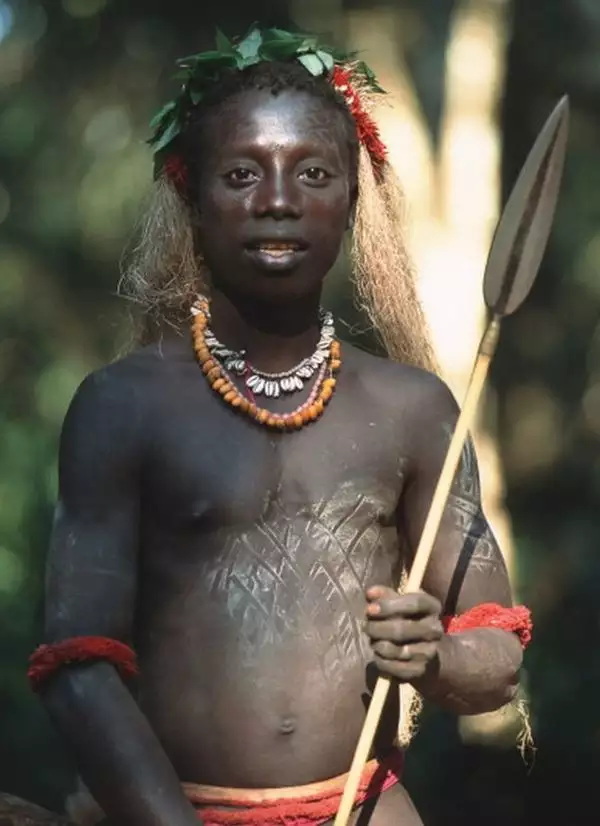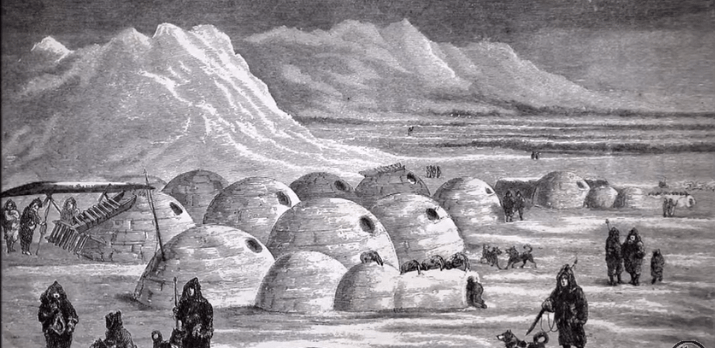Historically, the traditional economy is significant because it marks the evolution of the market economy, being that every nation developed from some type of traditional economy. Contemporarily though, there are several traditional economy examples of societies in recent times that allow traditions to dictate the way goods are produced and distributed in the society.
The people in such societies are known to be rooted in tradition, customs, and beliefs that they miss out on the exchange of culture, trade relations, and scientific development. In this article, we will discuss some examples of a traditional economy, and how this type of economy works.
Related: Traditional Economy Pros and Cons
Traditional economy explained
A traditional economy is an economic system wherein the production and distribution of goods and services are based on tradition, customs, and time-honored beliefs. That is, the production and distribution of goods and services, are based on tradition and societal needs instead of monetary profit. This kind of economy is centered around a family or tribe wherein the traditions gained from the elders’ experiences are utilized to guide daily activities and economic decisions.
A traditional economy can therefore, be seen in a nomadic and hunter-gatherer society that covers vast areas in search of enough resources and food to support them. The nomadic hunter-gatherers follow the herds of animals that sustain them and migrate with the seasons. Also, they tend to compete with other groups for scarce natural resources.
One of the major characteristics of a traditional economy is that it misses out on trade relations. People in a traditional economy have little need for trade because they produce and consume what they need. There are hardly any surpluses or leftovers because a traditional economic society only produces what they need, which makes it unnecessary to trade or make money.
However, trade can occur between groups with traditional economies that don’t compete. In such instances, the trade is usually based on a barter system. That is, a tribe that depends on hunting can trade food with a tribe that relies on fishing. Hence, there is no use of currency as they can just trade meat for fish.
Since this kind of economy is based on agriculture and the barter system, all traditional economy examples are usually associated with pre-industrial or agriculture-dominated societies like the Jarawa tribe of the Andaman Islands of India, the Maasai tribe of East Africa, the Inuits (indigenous people of northern Canada and parts of Greenland and Alaska), and the Oribu tribe in Brazil.
See also: Advantages of Socialist Economy
Traditional economy examples
- Maasai tribe of East Africa
- Jarawa tribe of the Andaman Islands of India
- Inuits of northern Canada and parts of Greenland and Alaska
- Oribu tribe in Brazil
- Sami people in the region of Sápmi
The traditional economy, despite being one of the oldest kinds of economic systems, is still in use in some parts of the world. Even though most countries with traditional economies have transformed into mixed economies, there are still many countries around the globe that have regions inside them that operate as traditional economies. Examples of the traditional economy are found among the following:
Maasai tribe of East Africa, as an example of traditional economy
One of the historical traditional economy examples is the Maasai tribe of East Africa. This tribe is a good example of an early origin of the traditional economy. In this society, the economic model was designed by tribal leaders wherein decisions on production, labor, and the distribution of products and goods were based on tradition and custom.
The Maasai were indigenous people who lived basically as herders of cows, sheep, and goats from generation to generation. There are basic features of a traditional economy that are associated with the Maasai’s economic system. First, is the use of no currency; the Maasai tribe created their wealth through the raising of cattle. Wealth was measured amongst them according to the number of children a family had and the number of cattle raised.
Secondly, the division of labor was allocated based on demographics. The older men of the Maasai tribe built shelters that protected the people and their animals from wild predators while the younger men tended to the cattle. The women, on the other hand, milked the cattle, prepared meals, and raised the youngest children. Even to this day, this ageless culture holds true as the Maasai tribe continues to live seminomadic lives and manage their lives through a traditional economy.
Jarawa tribe of the Andaman Islands of India

The economic system of the Jarawa tribe of the Andaman Islands in India is a typical example of traditional economy. This tribe are known for ages as traditional hunter-forager-fishermen and has a history of uncompromisingly defending their territory.
The Jarawas are a nomadic tribe that hunts animals such as endemic wild pigs, monitor lizards, etc with bows and arrows. Since they stay on the island, they also depend on food sources in the ocean like fish, crabs, mollusks, turtles, and dugongs as part of their diet.
Apart from meat and seafood, the Jarawas also collect tubers, fruits, and honey from the forest. That is, hunting and gathering activities are the subsistence and commercial activities of the Jarawa tribe, indicating a typical traditional economy.
Oribu tribe in Brazil, as a traditional economy example
The Oribu tribe in Brazil is an example of traditional economy. Brazil as a whole is characterized as a country with an economic system that is a mix of state-run and market-determined forces. However, inside Brazil is the Oribu tribe that lives in the Amazon rainforest, and is not part of this sort of economy.
The Oribu tribe, rather, has a traditional economy that is based on producing their goods (mostly by hand) and exchanging them with their neighbors. This tribe is a farming community that is centered on growing fruits and vegetables; they also have skilled fishermen.
How the economic system of this tribe works is that the harvested or obtained products for the day are placed in the middle of the camp to be distributed to everyone. Then, an elder (referred to as the Ancient) blesses the food in the middle of the camp before it is distributed to everyone.
It is their custom that the community takes as much food as they require for the day. This custom-based economic system that is employed by the Oribu tribe is a typical example of a traditional economy because they don’t require currency to trade or distribute their goods.
Inuits of northern Canada and parts of Greenland and Alaska

Inuits in the Arctic regions of Alaska, Canada, and Greenland still use a traditional economy. Their means of production are based on fishing, hunting, gathering, and native crafts. Inuits have traditionally been hunters and fishermen known to still hunt whales, polar bears, seals, arctic foxes, birds, muskoxen, birds, and fish.
The division of labor in a traditional economy like the Inuit society has a strong gender component; though it is not absolute. The men are hunters and fishermen, while the women are responsible for catering to the children, cleaning the home, processing food, and sewing.
Just like a typical traditional economy, the Inuits produce and consume what they need. An Inuit industry depends almost exclusively on driftwood, animal hides, and bones. The clothing and footwear used by the Inuit are made from animal skins and sewn together. The needles used to sew are made from animal bones while the threads are made from other animal products, like sinew.
The way these people live is one of the traditional economy examples because they produce what they need for their families and barter the extra with their neighbors.
Sami people in the region of Sápmi
One of the traditional economy examples is the Sami people’s economy. The Sámi people inhabit the region of Sápmi, which ranges across parts of Norway, Finland, Sweden, and the Kola Peninsula in Russia. Traditionally, these people have pursued a variety of livelihoods, such as fur trapping, coastal fishing, and sheep herding but their well-known means of livelihood is the semi-nomadic reindeer herding.
The nomadic Sami people have a traditional economy that is based on reindeer herding which provides them with fur, meat, and transportation. As a matter of fact, the status of an individual tribe member is determined by the member’s duties in managing the herd. This also affects how the member is treated by the government.
The reindeer meat is used for cooking, while its fur and leather are used to make clothing and shoes. Also, the antlers and bones of the reindeer are used to make useful tools and decorative objects. This is one of the traditional economy examples because the production and distribution of goods and services among the Sami people are based on tradition and societal needs rather than the potential for monetary profit.
Read also: Disadvantages of Socialist Economy
Last Updated on November 2, 2023 by Nansel Nanzip BongdapObotu has 2+years of professional experience in the business and finance sector. Her expertise lies in marketing, economics, finance, biology, and literature. She enjoys writing in these fields to educate and share her wealth of knowledge and experience.
